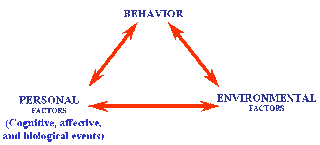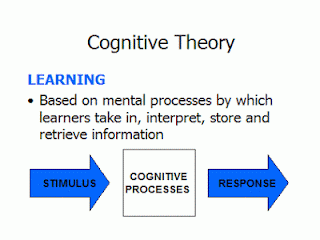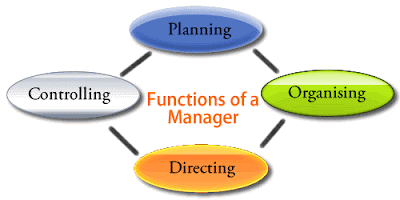What Is Motivation?
Definition:
Motivation Quotes
How To Motivate Your Self: (Motivation)
(2)Make it general. Let's say you want a Corvette specifically, are you really saying you want a new car, or maybe just a car you can stop worrying about? Getting yourself to a reliable car is a goal that is easier to achieve and accomplishes the need you had from the get go. This is not copping out--no one needs a
Corvette.
(3)Do this with all of the goals you have, do not simply pick ones that sound good like most people pick New Year's resolutions. If the goals you set for yourself make your life easier or more rewarding, they are probably the type you need to focus on.
(4)Cut pictures out of the car that you want, or the TV, stereo, golf clubs, whatever you are aiming for, and put them up somewhere you can see them every day. On the fridge door, or on the wall next to the computer. When you look say "That's my car" or "That's my TV". Visualizing these items as yours will help keep you motivated.
(5)Anyone who has had serious issues with motivation knows that someone telling you to "stay motivated" is a bit daft, since you weren't in a motivated state to begin with, and as such, is hard to stay in. However anyone can get themselves motivated.
(6)Make your goals in the very beginning small. If you write out a long list of things that are really valuable for you to do, and then you mess one up, you're going back to starting at zero and you will likely feel pretty badly. Instead make a list for each day, and at first, only put down maybe 3 or 4 things, a set of activities that might take you 2 or 3 hours.
(7)If you can do that, then a week later start adding things in about an hour at a time and build up. It's like doing push ups in the Army, the first day you get there and feel terrible because you can't keep up with the physical training, but you build up to it. Goals and mental attitudes are the same way. You have to make it a series of small steps. Don't set yourself up for failure by reaching too high at first. You can always reach higher the next week. There's no limit here, so pace yourself.
(8)Rely upon yourself for the motivation and the drive. Other people do not have and will never have the same vested interest in your success. Motivation and success is a function of habit. You must break your bad habit of procrastination, and replace it with one of good planning. The most successful people in the world aren't always the brightest, or the best looking, but no matter what other talents or gifts they have been blessed with, they have underpinning their self esteem a series of victories over tasks both large and small. This is how you learn anything in school, gain confidence dating, and everything else in life.
 RSS Feed
RSS Feed Twitter
Twitter





 08:11
08:11
 librarysbbu
librarysbbu


























